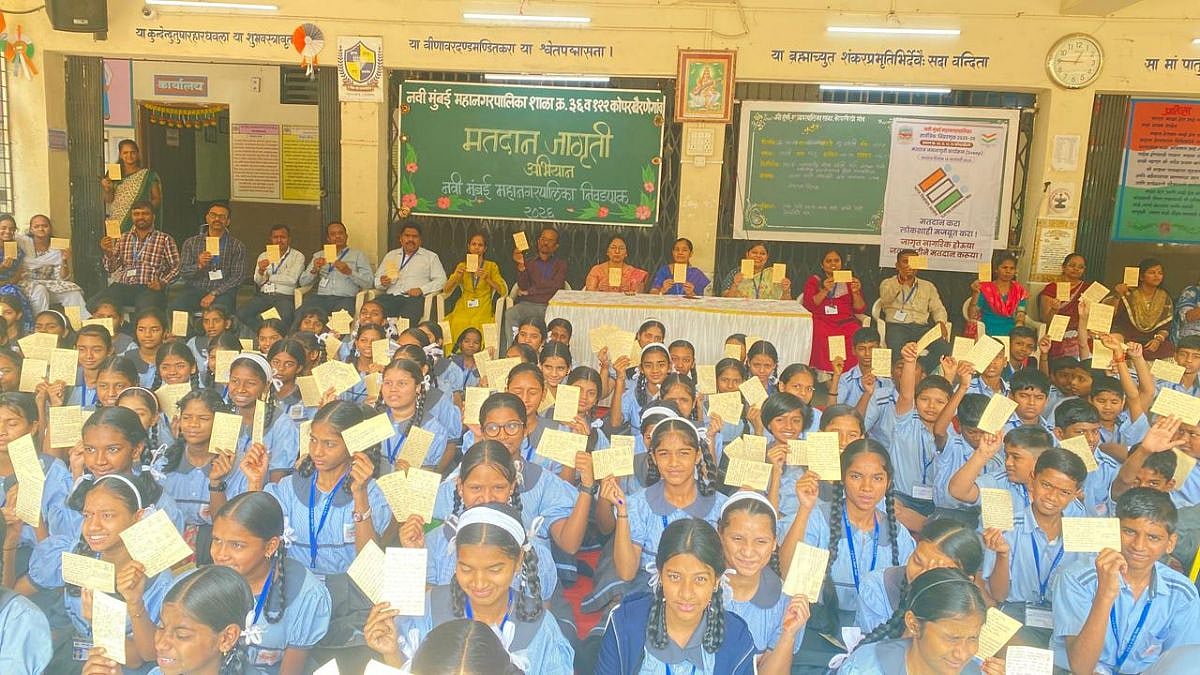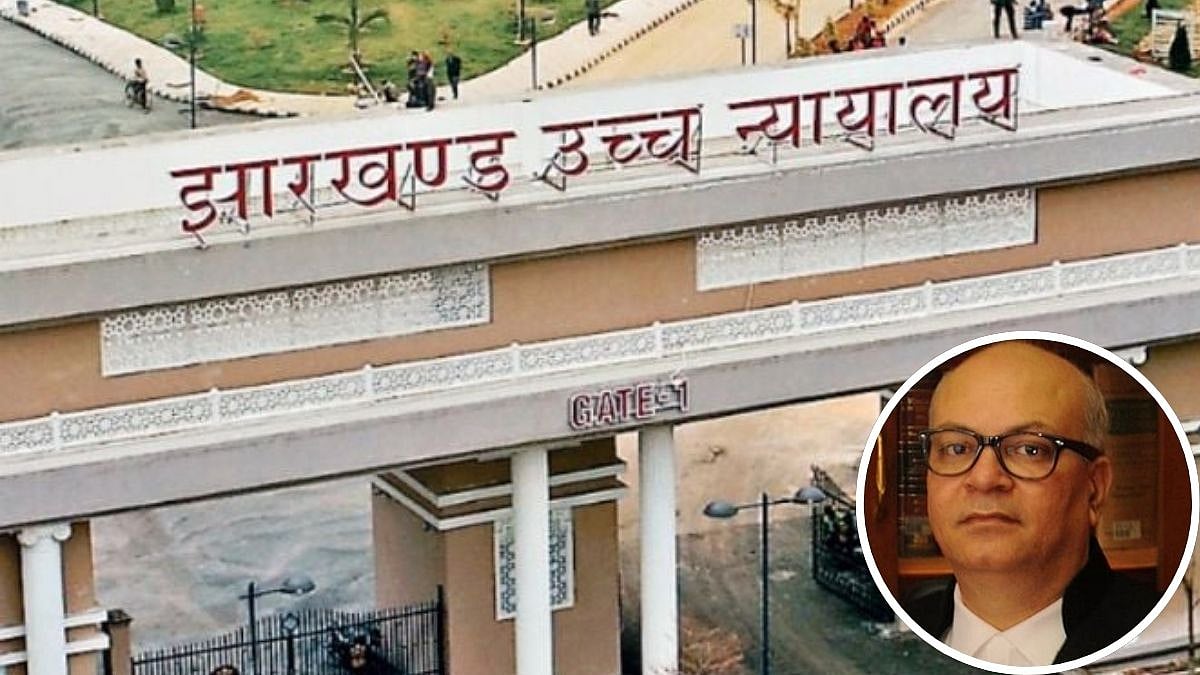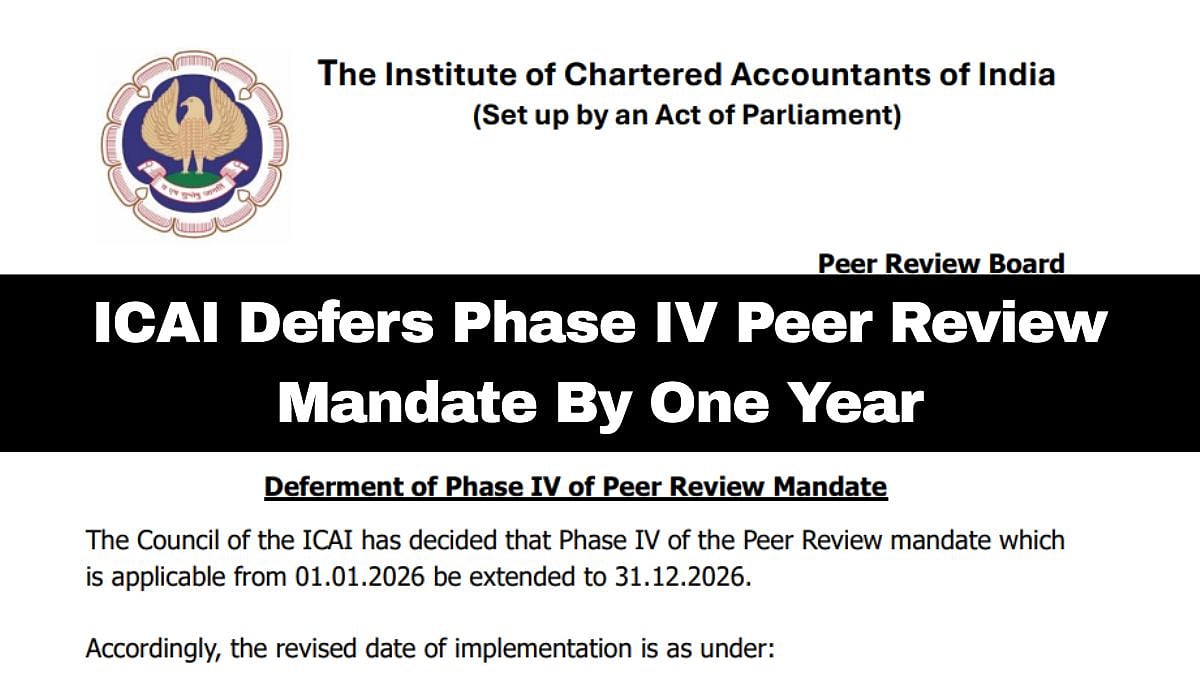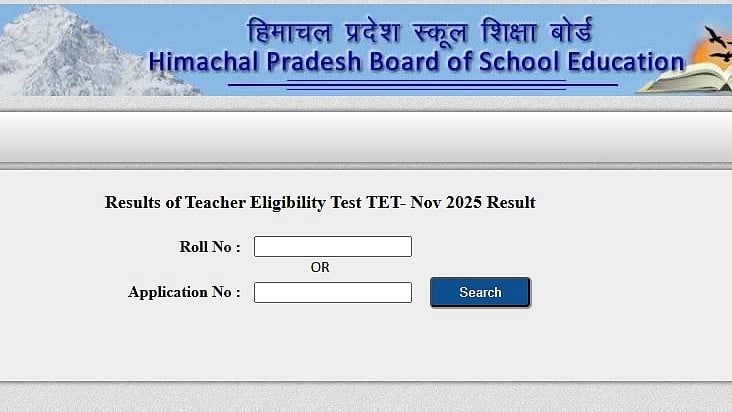In its first monetary policy statement of 2022-23, The Reserve Bank of India’s (RBI) Monetary Policy Committee has decided to remain accommodative while focusing on the withdrawal of accommodation in the coming days to walk a tightrope between inflation and recovery of growth. The policy repo rate under the liquidity adjustment facility (LAF) remains unchanged at 4.0 percent. The marginal standing facility (MSF) rate and the Bank Rate stay at 4.25 per cent. The standing deposit facility (SDF) rate, which will now be the floor of the LAF corridor, has been kept at 3.75 percent.
Since the MPC’s meeting in February 2022, the global economic and financial environment has worsened with Russia’s invasion of Ukraine and accompanying sanctions on the Putin administration. Commodity prices have risen substantially on a global scale owing to highly volatile and elevated crude oil prices, which witnessed a 14 year high in early March. Once again, the supply chain pressures have resulted in inflationary pressures across advanced economies (AEs) and emerging market economies (EMEs), causing a sharp revision in their inflation projections. As a policy response, several developed and emerging markets, central banks have opted for policy normalisation and tight monetary policy stances.
GDP growth projection for FY’23 has been slashed to 7.2% from the previous forecast of 7.8 %, which is quite pragmatic, especially in light of the geopolitical uncertainties and mounting energy and commodity prices. On the inflation front, headline CPI inflation edges up to 6.0 percent in January 2022 and 6.1 percent in February, marginally breaching the upper tolerance threshold of 6%. A significant rise in food inflation explains a considerable chunk of headline inflation. Although record foodgrains production and buffer stock levels should prevent massive pressure on domestic prices, elevated global price pressures in crucial food items impart high uncertainty to the food price outlook, necessitating close monitoring. At this outset, the inflation for 2022-23 is projected at 5.7 percent.
Even though the policy rates were untouched and the stance remained accommodative in the current bi-monthly monetary policy, there has been a change in the underlying tone. The policy cautions for a likely change in monetary policy stance from accommodative to tight owing to inflationary considerations. The next couple of MPC meetings may witness a calibrated policy tightening unless there is a significant easing on uncertainty and pressure stemming from the international front.
(The writer is an assistant professor at Sarla Anil Modi School Of Economics, NMIMS. He was previously associated with Christ University Bengaluru, Central University of Rajasthan, and IIM Bangalore.)









